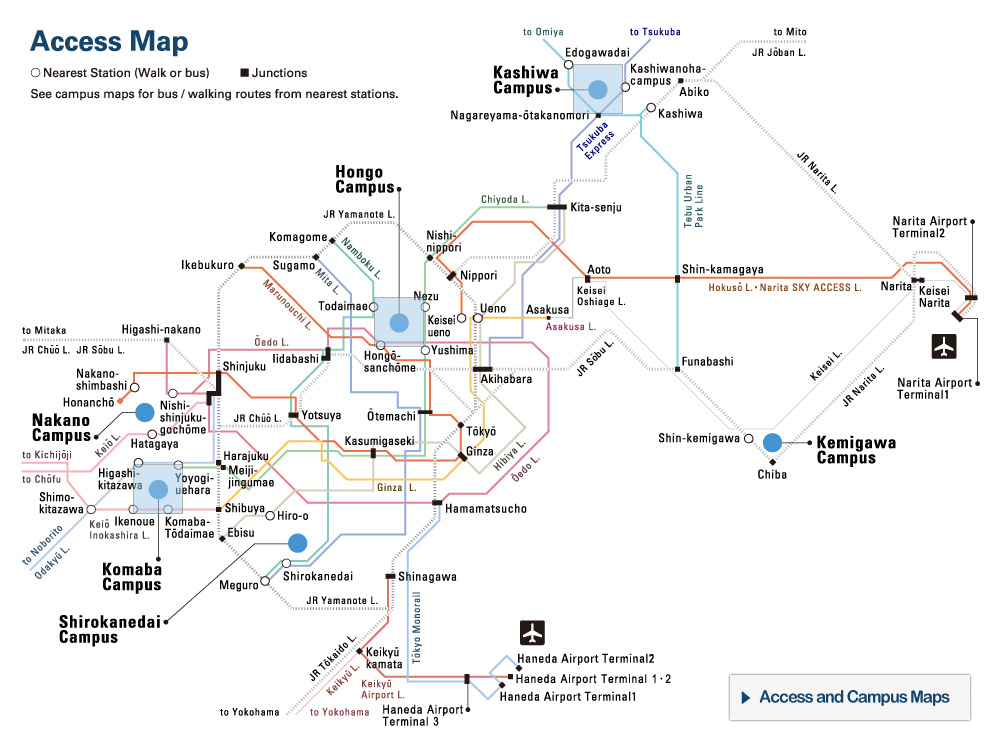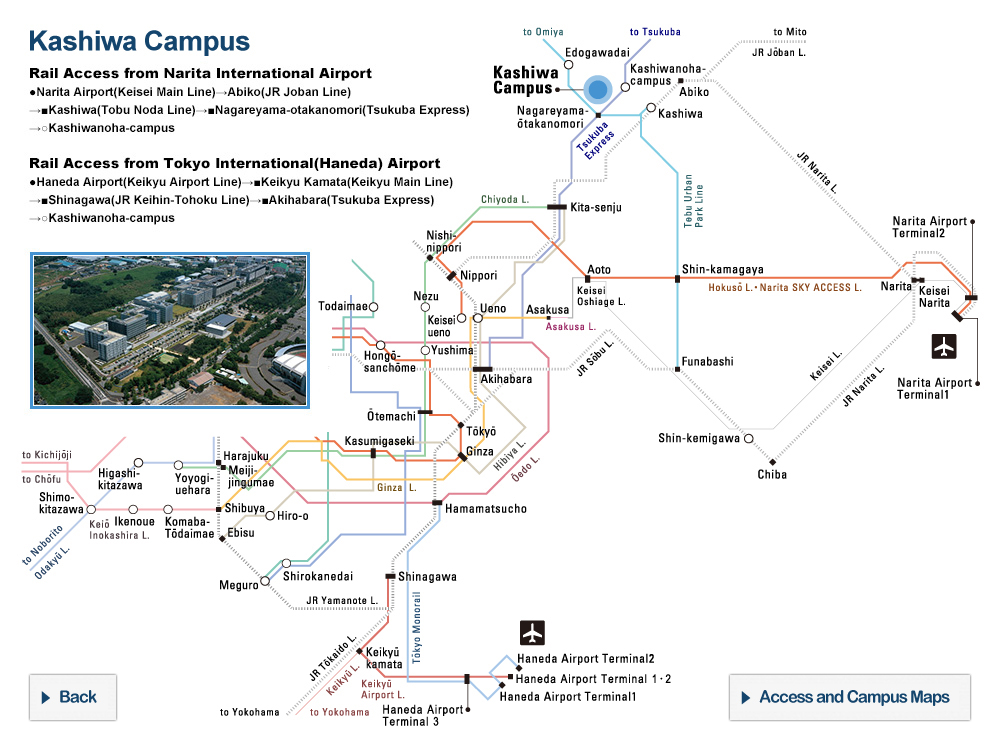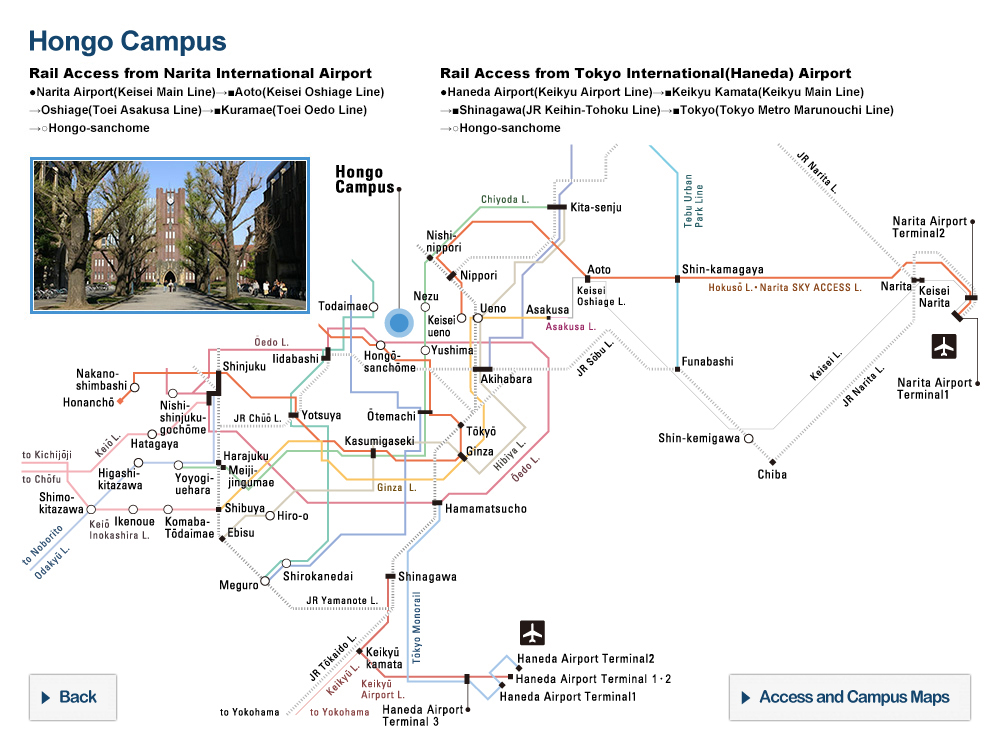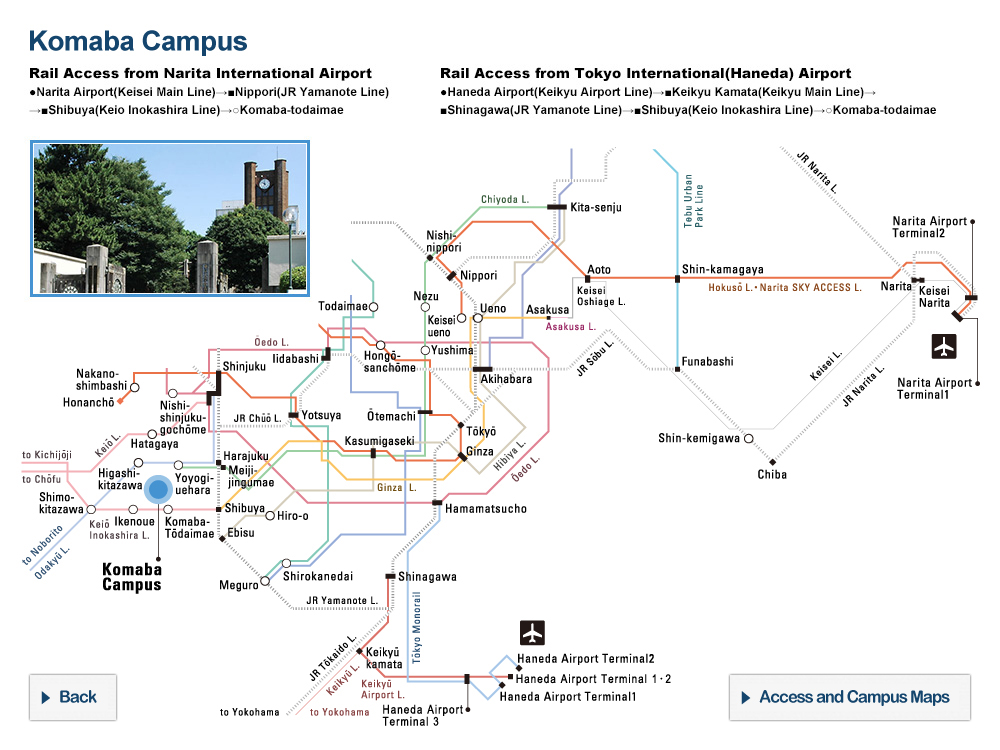A warmer climate would increase flood risk in Asia and Africa Global flood risk projection by multiple climate models and a global river model

Associate Professor Yukiko Hirabayashi (University of Tokyo Graduate School of Engineering) and Professor Shinjiro Kanae (Tokyo Institute of Technology Graduate School of Engineering), collaborating with researchers from Todai’s Institute of Industrial Science and Bristol University (UK), have developed a state-of-the-art global hydrodynamic model that uses the outputs of 11 climate models under the latest climate change scenarios to produce a projection of changes in global flood risk to the end of the 21st century.
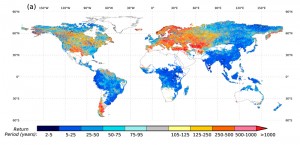
© Hirabayashi Laboratory, The University of Tokyo
Projected change in flood frequency. Probability of the occurrence of flooding (unit: years of occurrence probability) at the end of the 21st century for a flood discharge volume corresponding to a flood with a probability of occurring once in a 100-year period at the end of the 20th century. Multi-model median of 11 climate models is shown.
The research group’s model predicts a large increase in flood frequency in parts of Asia and Africa in response to future warming conditions. On the other hand, flood frequency is projected to decrease across large areas of Europe. In certain areas of the world, however, uncertainty in the direction of change among 11 climate models is large. The research group then investigated the relationship between the increase in temperature and global flood exposure as a first step towards incorporating flood risk information in reduction targets for greenhouse gas emissions. The results indicate that global exposure to floods would increase depending on the degree of warming, but large interannual variability in flood risk may imply the necessity for adaptive strategies even before significant warming occurs.
Paper
Yukiko Hirabayashi, Roobavannan Mahendran, Sujan Koirala, Lisako Konoshima, Dai Yamazaki, Satoshi Watanabe, Hyungjun Kim, Shinjiro Kanae,
“Global flood risk under climate change”,
Nature Climate Change Online Edition: 2013/6/9, doi: 10.1038/nclimate1911.
Article link
Links
Graduate School of Engineering
Institute of Engineering Innovation, Graduate School of Engineering
Hirabayashi Laboratory, Institute of Engineering Innovation, Graduate School of Engineering



